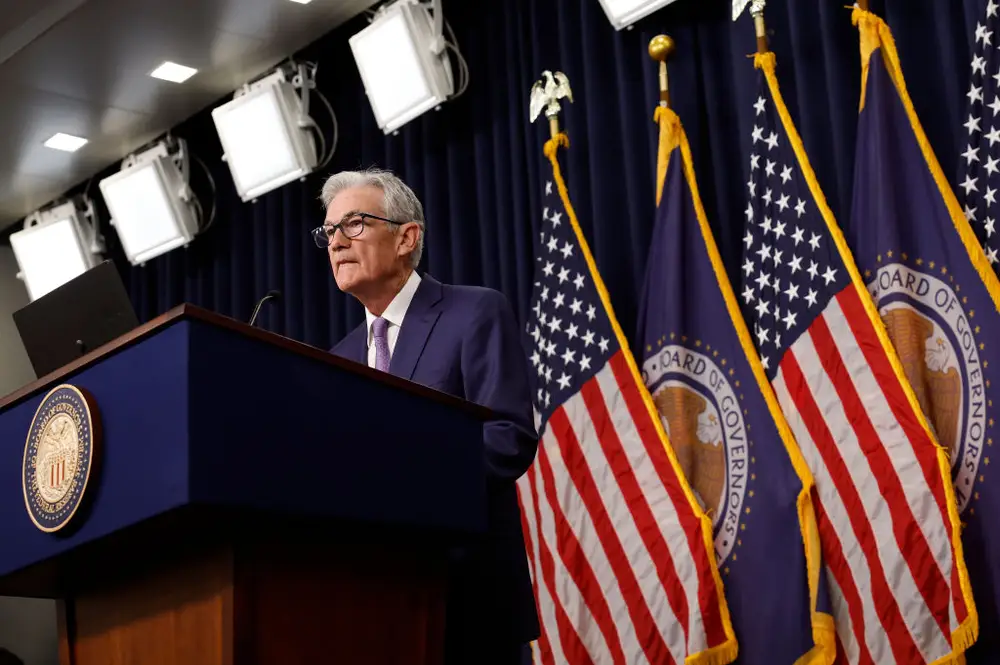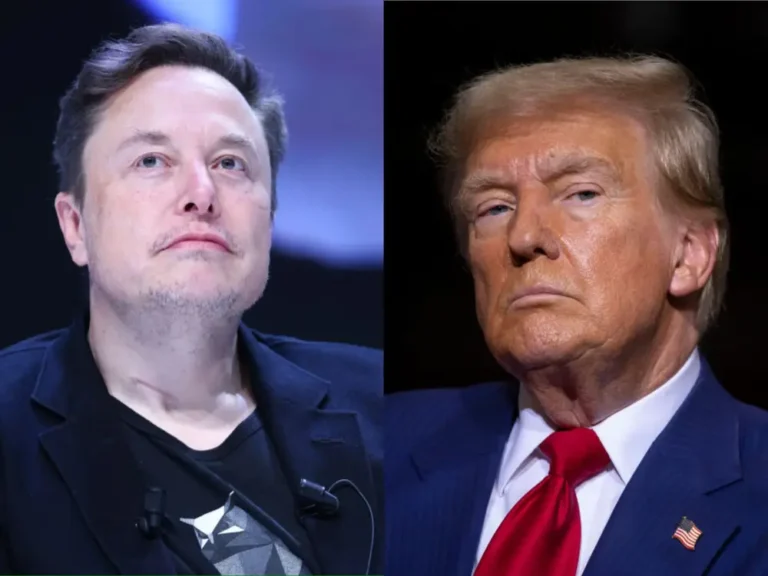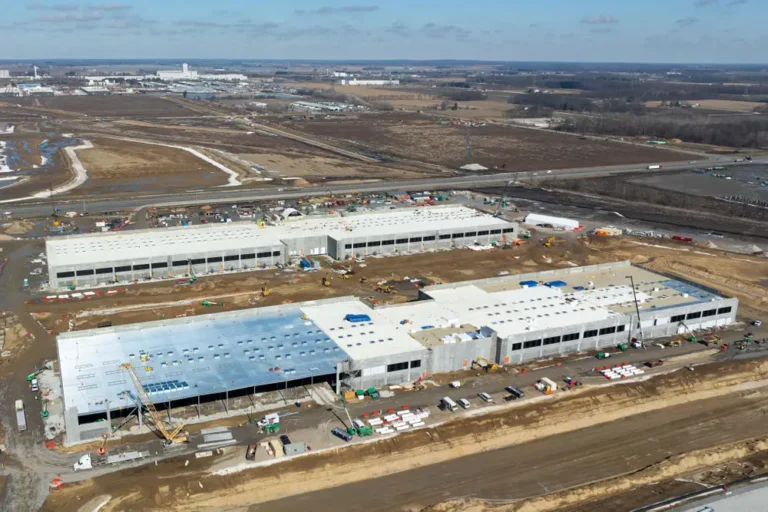The Fed will go bigger with rate cuts than markets think, Citi economist says

Federal Reserve Chair Jerome Powell.
With sluggish unemployment, the Federal Reserve could cut rates more aggressively than markets are pricing in, according to Citi senior economist Robert Sockin.
Citi expects 125 basis points of interest rate cuts by the end of the year, Sockin said in a Thursday interview with Yahoo Finance.
“Our US team is looking for them to start off with 50 basis points and another 50 after that. So they actually have 125 basis points for this year from the Fed,” he said, suggesting an additional 25 basis point cut at the Fed’s December meeting.
Sockin said that the bank’s forecast is based on an evolving labor-market picture and a rising unemployment rate.
“It’s still concerning how much the unemployment rate has moved up. And so from a risk management perspective, that might lead the Fed to be a bit more aggressive in its initial moves, especially if they think there’s a high risk that the economy is slowing down sharply,” he said.
The unemployment rate saw a surprise increase in July, rising to 4.3% from 4.1% in June, and jobless claims have declined in recent weeks, but only slightly. Last week’s claims fell to 231,000 from a year-to-date high of 250,000 at the end of July, according to Labor Department data.
Sockin said the Fed’s rate cuts will be especially aggressive if there continues to be weak unemployment data.
“We’ll see how the next employment report comes in. I think if the unemployment rate moves up from here, it’s going to be very hard for them not to move more aggressively,” he said of the Fed.
Investors are expecting a 25 basis point cut in September, with lower odds for a 50 basis point cut, according to CME FedWatch tool.
At the Fed’s Jackson Hole conference last week, Fed Chair Jerome Powell indicated the Fed is ready to cut rates in September.
“The time has come for policy to adjust,” he said. “The direction of travel is clear, and the timing and pace of rate cuts will depend on incoming data, the evolving outlook, and the balance of risks.”
He suggested the Fed will continue focusing on its dual mandate—targeting 2% inflation and stimulating employment —as it looks to loosen monetary policy.






